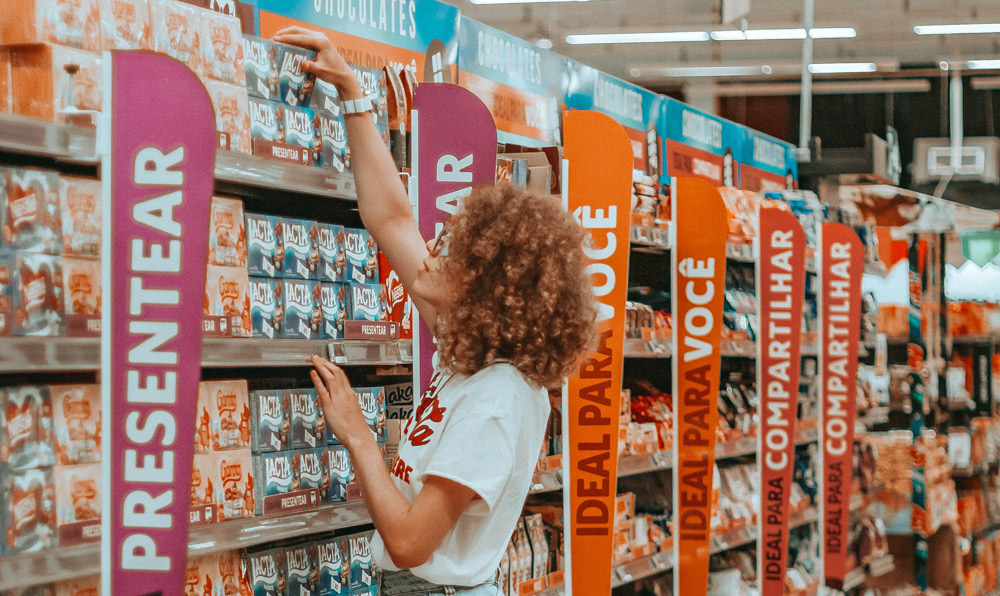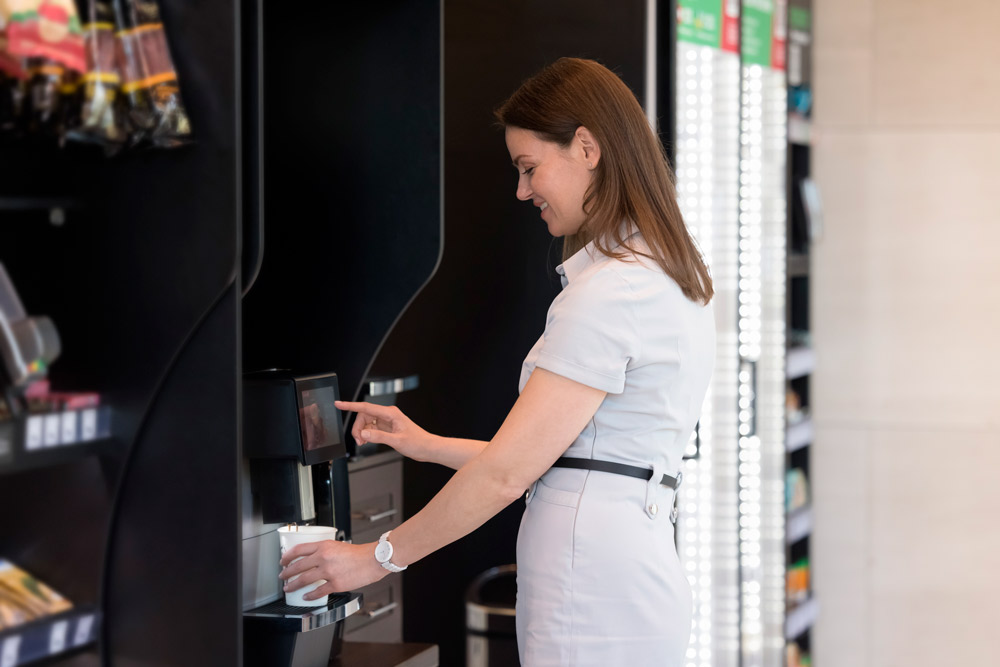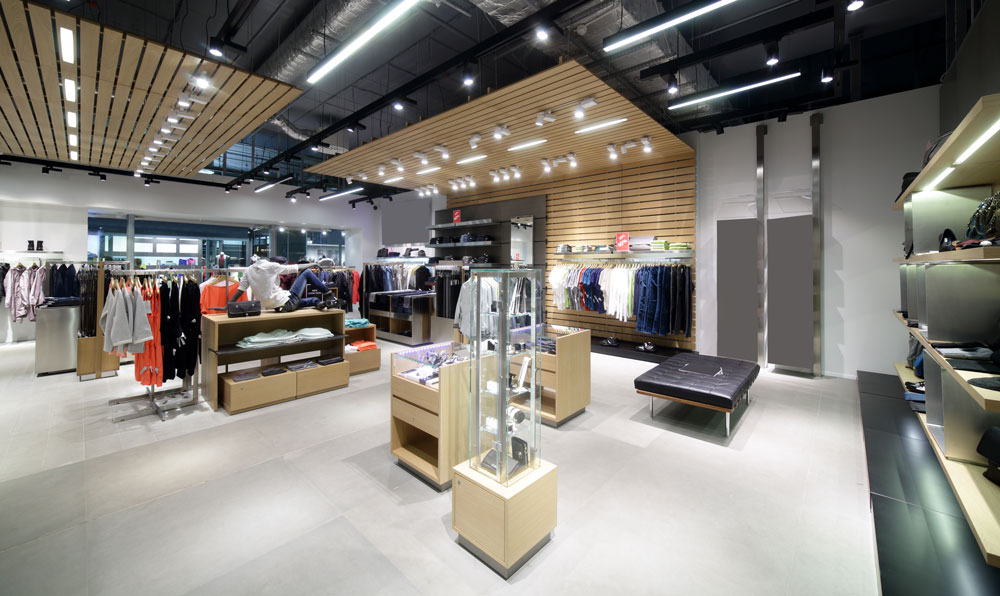
According to Bain & Company’s analysis
Nota original Revista Aral
Bain & Company forecasts the main objectives of the retail sector.
The strategic consulting firm Bain & Company analyses the results of Christmas sales in the retail sector in 2020 in its report “Ten Resolutions to Ring in the Future of Retail.” They point outthe main objectives that this sector should include in its goals for 2021. Although the data is focused on the U.S., it is a reference to consider given the preponderance of the country in the global retail market and its ability to set trends in the sector.
The report’s main conclusions include:
- During the past holiday season, retail sales far exceeded expectations, growing 8.4% year-over-year, as consumers shifted their spending from travel, entertainment, and dining out to groceries, home entertainment, and home improvements due to the pandemic environment.
- Despite the Covid-19 crisis, sales in physical stores increased 3.6% in November and December compared to the same months last year. E-commerce, meanwhile, reached an all-time high, with a growth of 26%. Purchases varied significantly by category.
- Retailers also successfully encouraged early shopping to avoid stock-outs, shipping delays, and carrier rate increases for last-minute deliveries. Consumers rushed to get “guaranteed Christmas” shipping deals. According to Mastercard, Dec. 12th and Dec.11th were the third and fourth biggest shopping days of the holiday season, respectively, after Black Friday and the following Saturday, but ahead of Cyber Monday. It seems clear that 2021 will present similar challenges to 2020. With retail firms facing a future marked by uncertainty, the Bain & Company team highlights ten objectives that can help these companies transform their business models
Demonstrate that you know your customer
Retail firms that personalize their communications with customers or potential customers score 20 points higher on the Net Promoter Score, which measures a customer’s likelihood of recommending a store or brand over their competitors. They also record sales increases of between 5% and 10%.
Better assortment
Successful retailers rely on a mix that includes exclusive offers with national brands, private labelproducts, limited distribution offers, and bundled value-added products or services.
Redesigning the distribution network
Rethinking stores rather than closing them has many advantages. There is a need to invest in the digital experience in the physical store through the shopping experience, contactless payments, and fast returns, which makes shopping seamless, easy, and enjoyable for customers. In another year of uncertainty, those who use stores to become genuinely “omnichannel” retailers will be better equipped to adapt to changing consumer preferences.
Develop a winning ecosystem
Amazon is the most widely used retail app because it offers an extraordinary selection, as well asan ecosystem of services such as music, video, and fast shipping. Amazon has gained grander scale, cost efficiencies, and access to customer data across its ecosystem by partnering with others, including competitors. Retail companies can build their own complete ecosystem, a hybrid ecosystem, by collaborating with third parties or strategic partnerships.
Make your own list of potential deals
In disruptive periods, strong companies that reshape their organizations and invest in growth, often through mergers and acquisitions, usually emerge even stronger. Successful companies know how to choose well the M&A deals in which they participate; how to integrate acquisitions successfully and divest when necessary to keep their portfolio strong
Accelerate their sustainability actions
According to a Fast Company survey, more than 70% of employees indicate they are more likely to stay with a company with a robust environmental agenda, and 90% of consumers say they arelikely to move their regular purchases to sustainable firms of equal price and quality.
Develop the principles of diversity, equality, and inclusion.
A diverse workforce can better understand and quickly connect with customers. In addition, 64% of consumers say they are more likely to consider or purchase a product after seeing an advertisement they consider diverse or inclusive.
Manage your human potential more effectively.
Managers who empower and listen to their most talented employees will increase their team’s personal fulfillment and gain greater growth and profitability.
Retail firms can improve and increase the profitability of their omnichannel offering by increasing the speed of deliveries and reducing costs. To do so, retailers should leverage factors such as automation, reducing the number and cost of returns, helping customers choose the most appropriate products, sharing costs with suppliers, and adjusting their revenue models.
Spending every euro as the customer would
Successful retailers take a customer-centric approach to adjust the variety of their assortment, increasing the space for the products most in demand by their customers and tying these decisions into their negotiations with suppliers.












